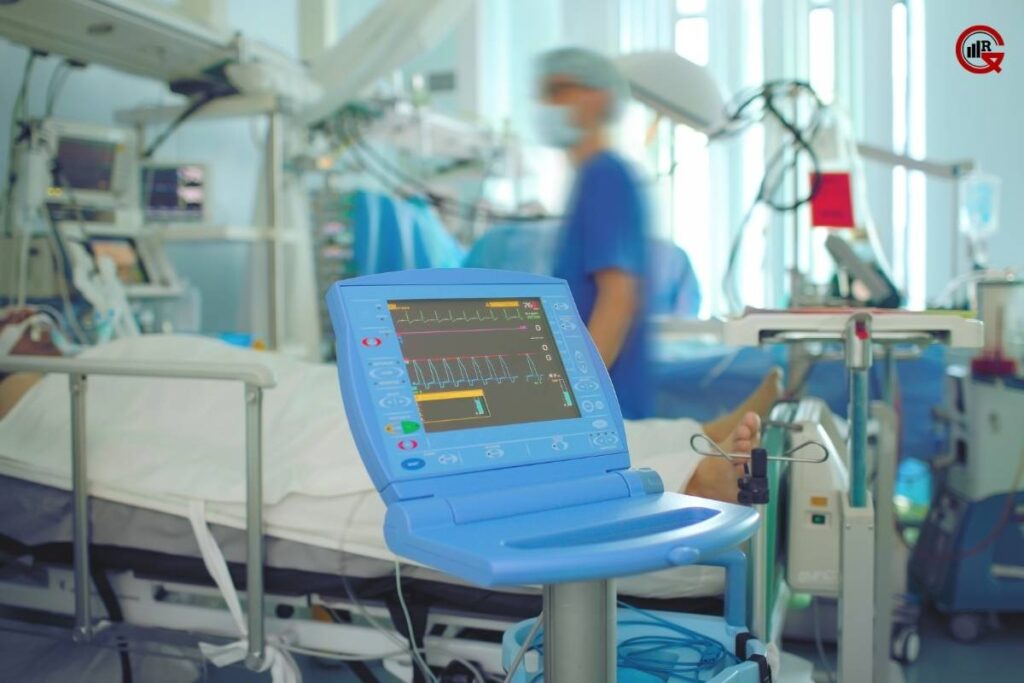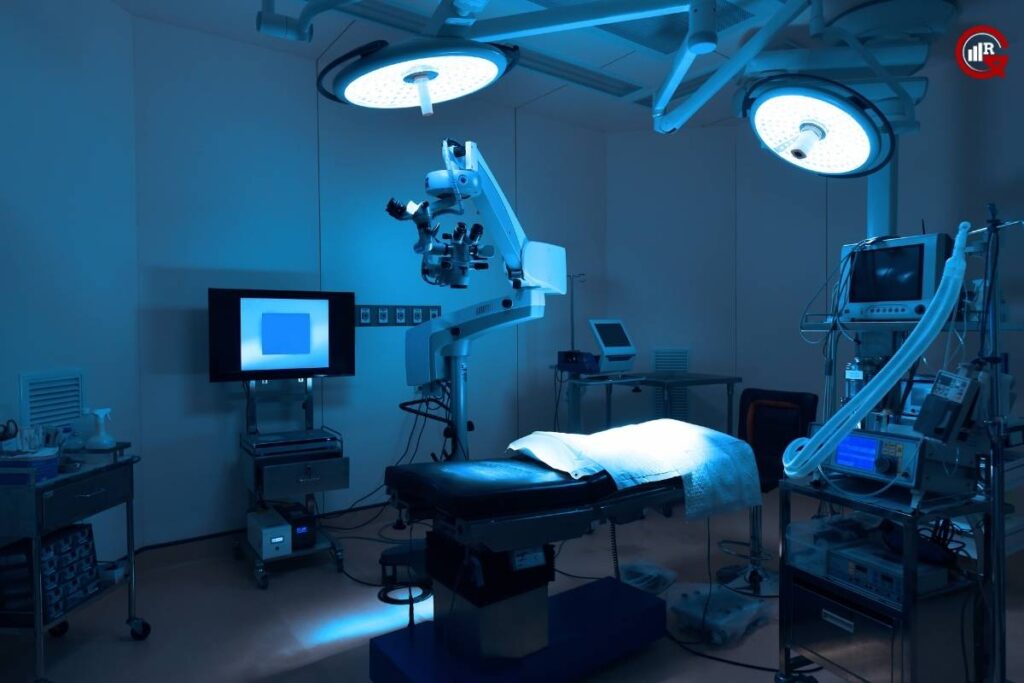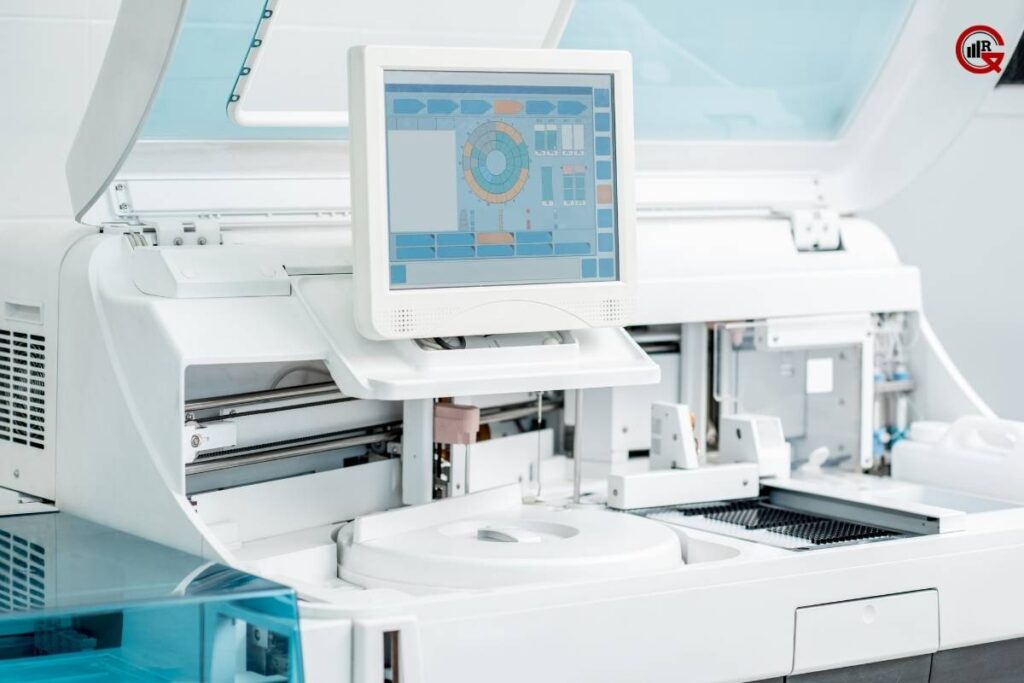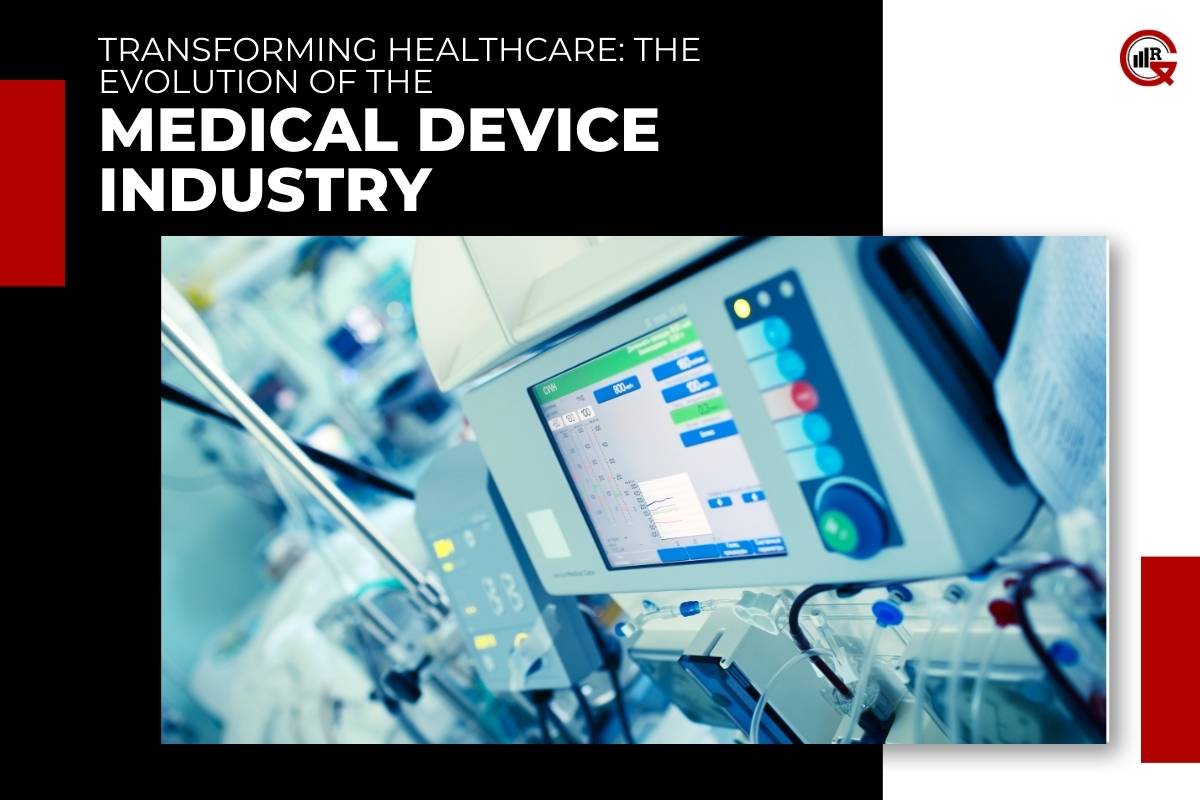The medical device plays a pivotal role in modern healthcare, providing essential tools and technologies that diagnose, monitor, and treat a wide range of medical conditions. From simple syringes to complex imaging systems, medical devices enhance patient care, improve clinical outcomes, and drive innovation in the healthcare sector. In this article, we explore the evolution of the medical device industry, its impact on healthcare delivery, and the key trends shaping its future.
Historical Perspective:
The roots of medical devices can be traced back to ancient times, with early examples such as surgical instruments, prosthetics, and eyeglasses dating back thousands of years. However, modern medical devices began to take shape in the late 19th and early 20th centuries, fueled by advancements in materials science, manufacturing processes, and medical knowledge.
Key milestones in the history of the medical industry include the development of the X-ray machine in the late 19th century, the invention of the pacemaker in the 20th century, and the introduction of minimally invasive surgical techniques in the 21st century. These innovations have revolutionized healthcare delivery, enabling clinicians to diagnose and treat diseases with greater precision, efficiency, and safety.
Market Dynamics and Regulatory Landscape:
The medical device industry is a dynamic and highly regulated sector, with strict requirements for product safety, efficacy, and quality. In the United States, the Food and Drug Administration (FDA) oversees the regulation of medical devices, ensuring that they meet rigorous standards for design, manufacturing, and performance.

The global medical device market is vast and diverse, encompassing a wide range of products and technologies, including diagnostic equipment, therapeutic devices, implantable devices, and surgical instruments. Key players in the medical device industry include multinational corporations, small and medium-sized enterprises, and academic institutions, each contributing to the development and commercialization of innovative medical technologies.
Key Segments and Product Categories:
The medical device industry can be broadly categorized into several key segments, each serving specific clinical needs and patient populations. Some of the primary segments and product categories within the medical devices include:
- Diagnostic Devices: Diagnostic devices encompass a wide range of technologies used to assess patient health and diagnose medical conditions. This includes imaging systems such as X-ray, MRI, and ultrasound machines and laboratory equipment for analyzing blood, urine, and other biological samples.
- Therapeutic Devices: Therapeutic devices are designed to treat medical conditions and improve patient outcomes through interventions such as drug delivery, pain management, and physical therapy. Examples include insulin pumps, ventilators, and prosthetic limbs, which help patients manage chronic diseases and disabilities.
- Implantable Devices: Implantable devices are surgically placed within the body to restore or enhance physiological functions. This includes pacemakers, defibrillators, joint replacements, and dental implants, which provide long-term solutions for patients with cardiovascular disease, musculoskeletal disorders, and dental issues.
- Surgical Instruments: Surgical instruments are tools used by surgeons and healthcare providers to perform surgical procedures with precision and efficiency. This includes scalpels, forceps, retractors, and endoscopic instruments, which enable minimally invasive surgeries and reduce patient trauma and recovery times.
Technological Innovations and Advancements:
The medical device is characterized by continuous innovation and technological advancements, driven by a combination of research, development, and collaboration across disciplines. Some of the key technological trends shaping medical devices include:

- Miniaturization and Portability: Advances in microelectronics and materials science have enabled the miniaturization of medical devices, making them smaller, lighter, and more portable. This trend has led to the development of wearable devices, point-of-care diagnostics, and remote monitoring systems that empower patients to take control of their health and well-being.
- Connectivity and Interoperability: The integration of wireless connectivity and digital health technologies is transforming the way medical devices are designed, operated, and monitored. Connected devices enable real-time data capture, analysis, and sharing, facilitating remote patient monitoring, telemedicine consultations, and personalized healthcare delivery.
- Artificial Intelligence and Machine Learning: Artificial intelligence (AI) and machine learning algorithms are being applied to medical device data to improve diagnostics, optimize treatment protocols, and enhance patient outcomes. AI-powered medical devices can analyze complex datasets, identify patterns and trends, and provide actionable insights to clinicians and healthcare providers.
- 3D Printing and Additive Manufacturing: 3D printing technology is revolutionizing the design and production of medical devices, allowing for the rapid prototyping, customization, and personalization of implants, prosthetics, and surgical instruments. Additive manufacturing enables designers to create complex geometries and patient-specific designs with unprecedented precision and accuracy.
Challenges and Opportunities:
While the medical device industry offers significant opportunities for innovation and growth, it also faces several challenges and obstacles that must be addressed for sustainable development and advancement. Some of the key challenges facing the medical industry include:

- Regulatory Compliance: Strict regulatory requirements and standards govern the development, manufacturing, and marketing of medical devices, posing challenges for companies seeking to navigate the complex regulatory landscape and obtain regulatory approval for their products.
- Healthcare Economics: The rising cost of healthcare and pressure to reduce healthcare expenditures present challenges for medical device manufacturers seeking to develop cost-effective solutions that deliver value to patients, providers, and payers.
- Intellectual Property Protection: Intellectual property protection is crucial for medical device companies seeking to safeguard their innovations and maintain a competitive advantage in the marketplace. However, protecting intellectual property rights can be challenging due to the complexity of medical device technologies and the global nature of the industry.
- Access to Markets: Access to global markets is essential for medical device companies seeking to expand their reach and maximize their market potential. However, gaining market access requires companies to navigate trade barriers, regulatory differences, and cultural nuances in diverse markets around the world.
Future Outlook and Trends:
Looking ahead, the future of the medical device industry is bright, with numerous opportunities for innovation, growth, and collaboration. Some of the key trends shaping the future of the medical device industry include:
- Personalized Medicine: Advances in genomics, molecular biology, and data analytics are driving the emergence of personalized medicine, which tailors medical treatments and interventions to individual patient characteristics, preferences, and needs. Personalized medical devices, such as genetic tests, implantable sensors, and targeted drug delivery systems, are poised to play a significant role in the future of healthcare delivery.
- Digital Health and Telemedicine: The integration of digital health technologies and telemedicine platforms is transforming the way healthcare is delivered and accessed, particularly in remote and underserved areas. Digital health solutions, such as mobile apps, wearable devices, and virtual care platforms, enable patients to monitor their health, communicate with healthcare providers, and access medical services from their homes.
- Value-Based Care: The shift towards value-based care models is driving demand for medical devices that demonstrate clinical effectiveness, cost-efficiency, and patient-centered outcomes. Medical device companies are increasingly focusing on delivering value to stakeholders by developing innovative solutions that address unmet clinical needs, improve patient outcomes, and reduce healthcare costs.
- Collaborative Ecosystems: Collaboration and partnership are becoming increasingly important in the medical device industry, as companies seek to leverage complementary strengths, expertise, and resources to drive innovation and accelerate product development. Collaborative ecosystems, consisting of industry players, academic institutions, research organizations, and government agencies, foster cross-disciplinary collaboration, knowledge sharing, and co-creation of solutions that address complex healthcare challenges.
Conclusion
In conclusion, the medical device industry plays a vital role in advancing healthcare delivery, improving patient outcomes, and driving innovation in the healthcare sector. From diagnostic devices to therapeutic interventions, medical devices enable clinicians to diagnose, monitor, and treat various medical conditions with precision and efficiency. As the medical device industry continues to evolve, stakeholders must collaborate, innovate, and adapt to emerging trends and technologies to address the evolving needs of patients, providers, and payers. By embracing innovation, collaboration, and value-based care principles, the medical device industry can continue to transform healthcare delivery and improve the lives of patients around the world.






